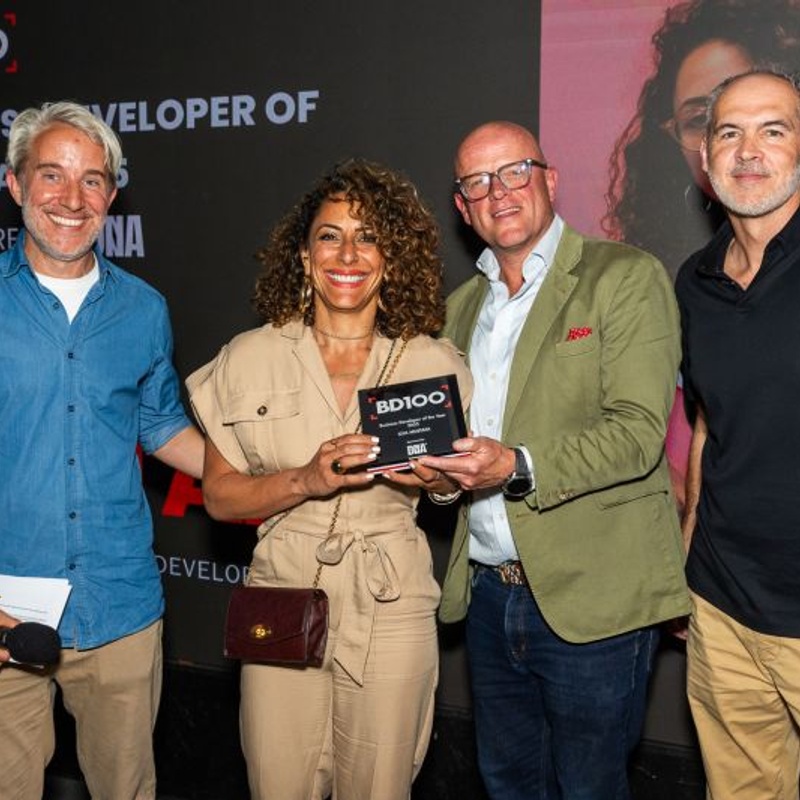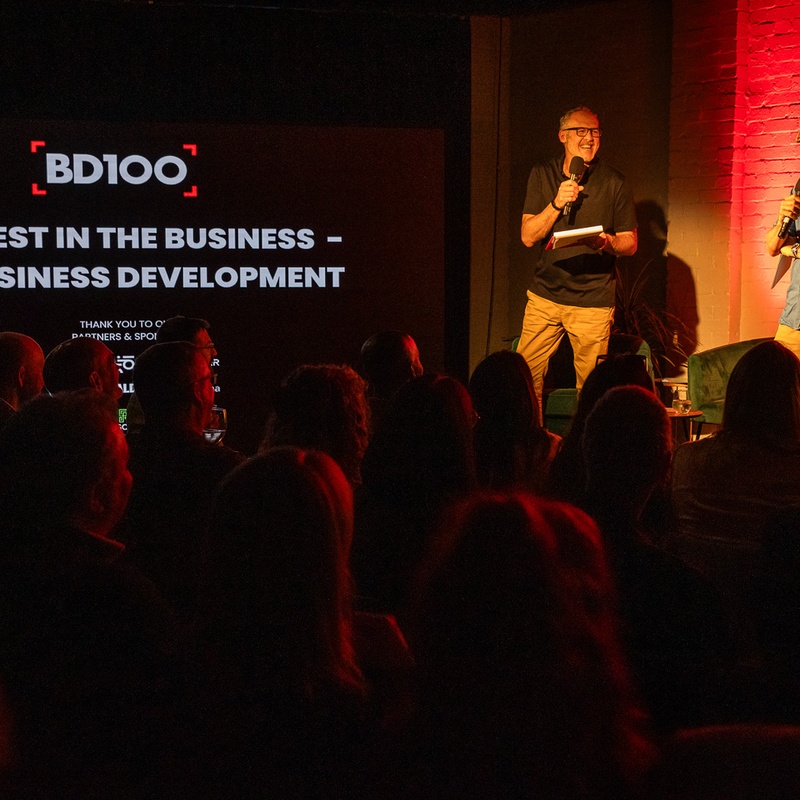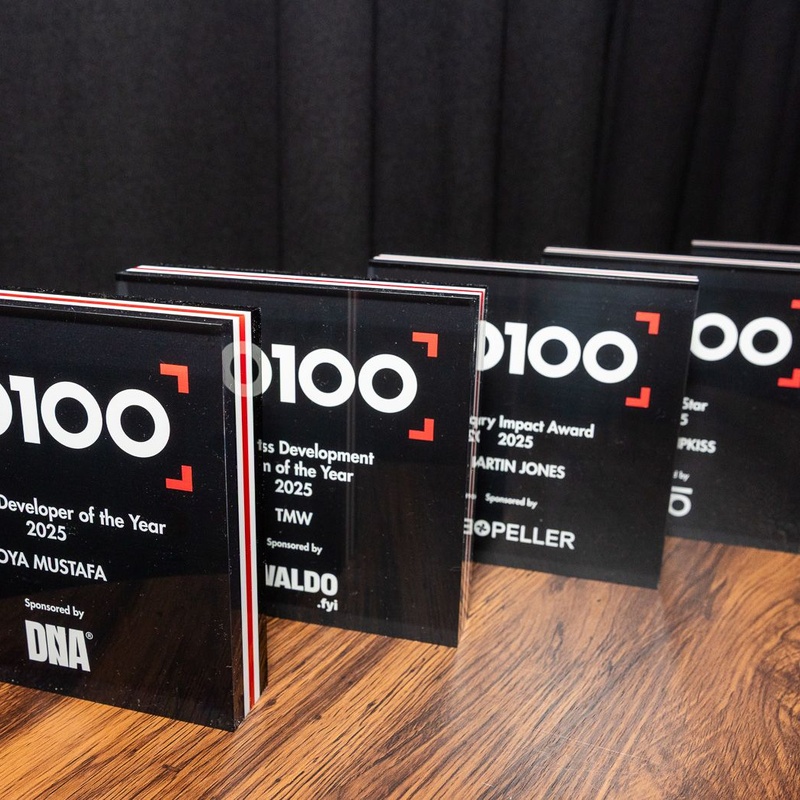The Difference Between Inclusive and Exclusive Design

Introduction to Design Concepts
According to Steve Jobs "People don’t know what they want until you show it to them". Design is all about solving problems and creating solutions to improve lives. Whether designing a new product, service, or environment, designers follow certain principles that shape the user's experience. In recent years, two competing design philosophies have emerged - inclusive design and exclusive design.
Defining Inclusive Design
Inclusive design aims to accommodate the widest range of users and needs from the outset. The core principle is to be as accessible, equitable, and flexible in use as possible. The goal is to benefit people with disabilities and special requirements without compromising the quality for everyone else. Understanding Inclusive Design Principles from resources like the W3C's Inclusive Design Guidelines can further enrich the knowledge base.
For example, curb cuts on sidewalks for wheelchair access also help parents with strollers and delivery workers with heavy loads. Captions on online videos not only aid those with hearing loss but allow videos to be watched without sound. Inclusive design solutions are conscious of diverse perspectives and needs.
Understanding Exclusive Design
Exclusive design takes the opposite approach by targeting products and services toward a narrow market segment with common preferences. Instead of designing for the average user, exclusive design customises and optimises for a niche group. This allows for specialisation rather than generalization.
For example, gaming keyboards cater specifically to gamers. Sports cars emphasise performance over practicality. While inclusive design casts a wide net, exclusive design goes deep for a select user base. The advantage is fully addressing that group's wants and needs. The compromise is reduced mainstream adoption.
Comparative Analysis
Inclusive design philosophy favours versatility, flexibility of use, and providing accessibility to the widest range of users. It makes products and services available to populations who may have previously been excluded or unable to use them.
Conversely, exclusive design prioritises maximising desirability and functionality for a clearly defined target user. It deliberately excludes and potentially alienates non-target groups in order to heighten the appeal for the intended niche.
Ultimately, inclusive design seeks empower more people while exclusive design seeks to empower certain people more. There are merits to both approaches. Designers must weigh up enhancing the experience for some over barriers to access for others.
Case Studies
Volkswagen's concept car the Microbus is an example of inclusive design with family-friendly features. Wide sliding doors allow easy access, flexible seating accommodates wheelchairs, and interactive displays provide entertainment and information for all passengers.
At the elite end, Aston Martin's limited-edition sports cars showcase exclusive design geared toward wealthy collectors. Bespoke styling, sumptuous interiors, and souped-up engines provide exclusive thrills not found in regular models.
Design Philosophy and Ethics
Design ethics involve balancing user needs, sustainability, and social responsibility. Supporters of inclusive design argue that excluding swathes of people from goods and services is discriminatory and compounds disadvantage. Proponents of exclusive design counter that specialised preference-based design also has virtue and consumer choice should not be overregulated.
Ultimately designers must assess each project individually. Developing countries may be better served by maximising accessibility and inclusivity. However, niches such as high-risk sports may warrant exclusive design. Most successful consumer products strike a balance.
Future Design Trends
Personalisation and customisation are growing trends, enabled by 3D printing, modular components, and digital modelling. This empowers more exclusive and bespoke design rather than one-size-fits-all solutions.
However, new technologies like voice control, wireless connectivity, and AI-enhanced accessibility features also foster inclusive design. As technology progresses, an ethical fusion blending inclusive foundations and exclusive customisation may emerge.
Frequently Asked Questions
What are some other examples of inclusive vs exclusive design?
Smart home products leaning into inclusive design incorporate features for vision, hearing, mobility, or cognitive impairments. Exclusive luxury smart home systems cater specifically to those wanting upscale, premium features.
What industries most exemplify inclusive design?
Healthcare equipment, public transit infrastructure, civic facilities, and government digital services aim for maximum accessibility and inclusion. However, there may still be gaps denying access to marginalised communities.
Should designers pursue one design approach over the other?
It's not binary. Designers should ideate inclusively first before adding any specialised exclusivity. However, exclusively designing for a target user doesn't inherently make the design unethical if access is not a right.
Does exclusive design limit innovation opportunities?
Not inherently. Pushing boundaries can happen through exclusive innovations targeting use cases underserved by inclusive conventions. However, radical inclusion can also spark breakthroughs never conceived via exclusionary mindsets.
What technology could transform inclusive design?
AI-powered accessibility solutions able to adapt in real time to users' capabilities and environments may take universal inclusive design to new levels. Brain-computer interfaces facilitating control through thought could also enable inclusive system access.
Who employs these specialists?
Inclusive designers are employed across a wide range of industries and companies that serve broad audiences, where accessibility and meeting diverse needs is important. Exclusive designers cater to high-end luxury niches or specialised segments with specific preferences willing to pay a premium. Employment agencies such as DNA Recruit’s UX & UI team help companies to source UX Designers, UX Researchers, UX Writers, UX Engineers, UX Analysts, Interaction Designers, UI Designers and Web Designers.
SHARE







